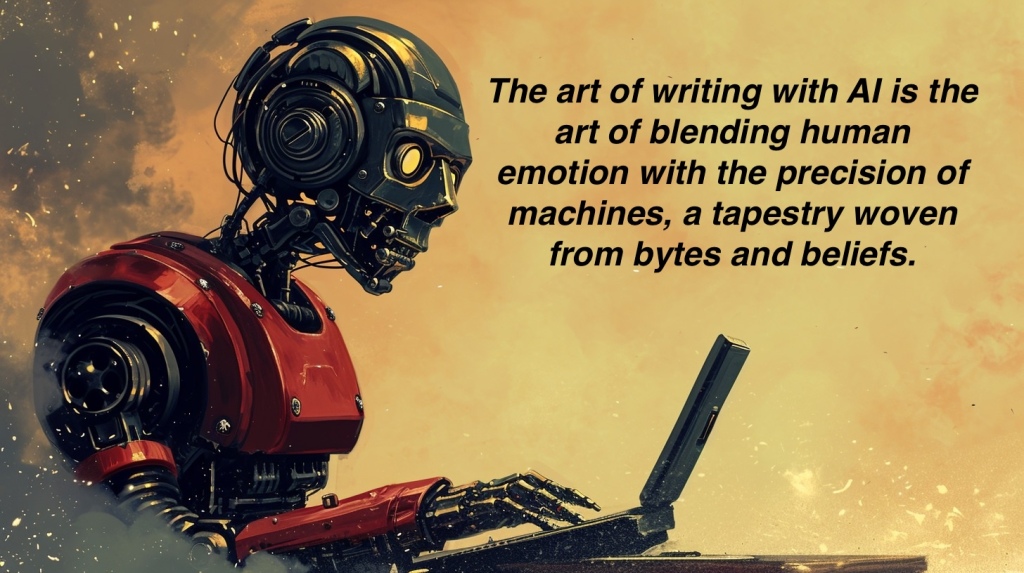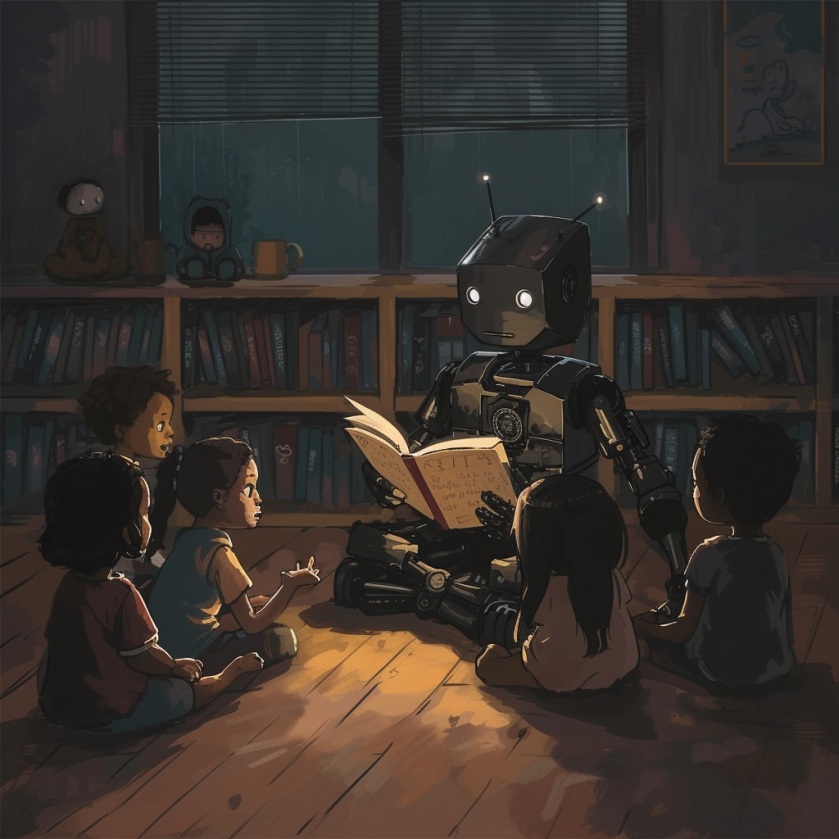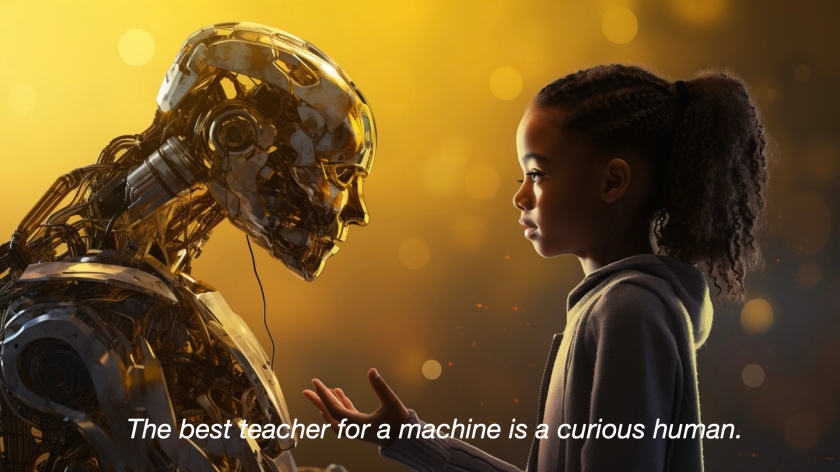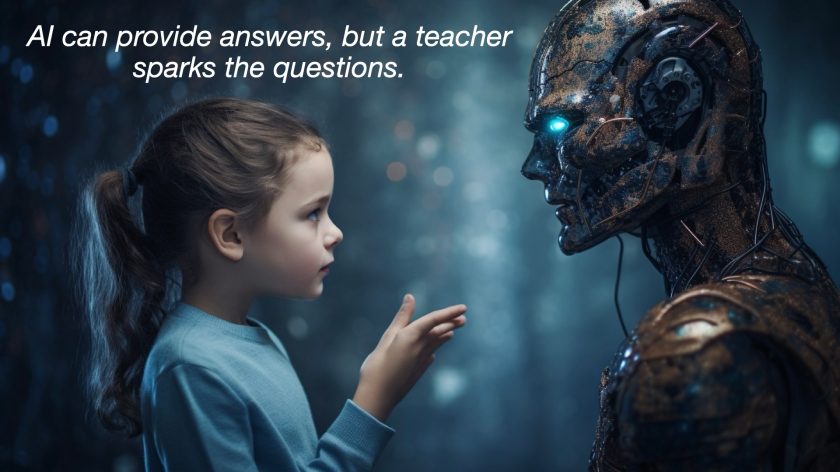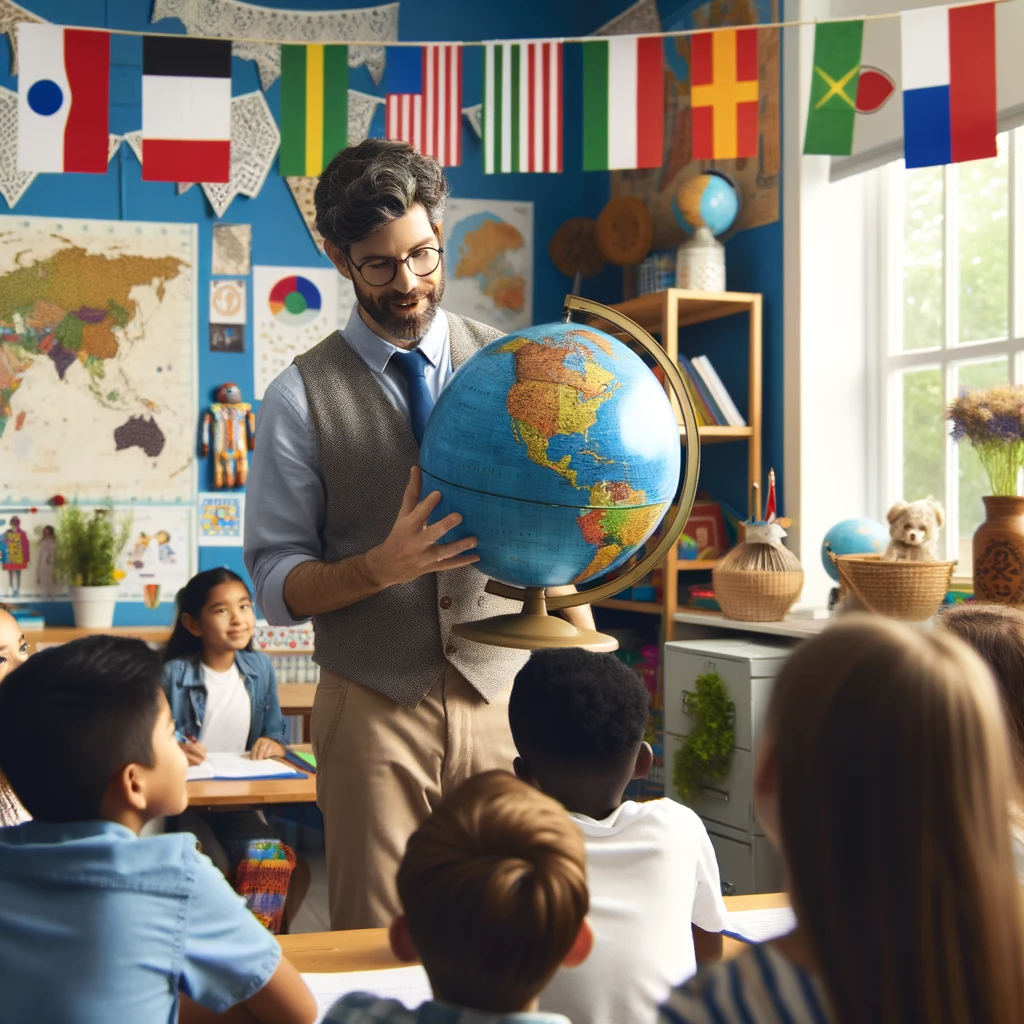Introduction:
Teaching spelling to Year 4 students can be a challenging task, but incorporating fun and engaging activities into your lessons can make a world of difference. In this blog post, we’ll provide 30 creative spelling activities designed specifically for Year 4 teachers, using words from the Year 4 Spelling List of the National Curriculum for English. These activities not only help students learn and practice their spelling, but also encourage teamwork, critical thinking, and a love for language.
Word Bingo:
Create bingo cards with a selection of words from the spelling list. Call out the words randomly, and have the children mark the words on their cards when they hear them. The first child to complete a row or column wins. This activity encourages children to listen carefully and become familiar with the words.
Word Relay:
Divide the class into two teams. Write a word from the spelling list on the board. Have the first child in each team run to the board and write a related word (e.g., with the same prefix or suffix). The next child in line should then write another related word. The team with the most related words at the end wins.
Example: Starting word: “disappear” Related words: “disapprove,” “disappoint,” “dislike.”
Spelling Bee:
Organize a mini spelling bee using words from the spelling list. Give each child a chance to spell a word. You can make the activity more fun and engaging by offering small rewards or certificates for correct spellings.
Word Scramble:
Write scrambled versions of words from the spelling list on the board or on individual cards. Have the children work in pairs or small groups to unscramble the words. The first group to unscramble all the words correctly wins.
Memory Match:
Create pairs of cards with the same word from the spelling list. Place the cards face down on a table. Have the children take turns flipping over two cards at a time, trying to find matching pairs. This activity helps reinforce word recognition and spelling.
Spelling Race:
Write a word from the spelling list on the board. Have the children stand in a line and take turns saying one letter of the word as they move towards the board. When they reach the board, they must write the word correctly. The first child to complete the word correctly wins.
Word Ladder:
Create a word ladder with words from the spelling list. Write a word at the top of a ladder and another at the bottom. Children must change one letter at a time to create a new word in each rung of the ladder, eventually turning the top word into the bottom word.
Spelling Swat:
Write several words from the spelling list on sticky notes and place them on the board. Give two children a fly swatter each. Call out a word, and the children race to swat the correct sticky note. The first one to swat the correct word earns a point for their team.
Word Pyramids:
Have children write words from the spelling list in the shape of a pyramid, starting with the first letter on the top line, then the first two letters on the next line, and so on.
This activity helps reinforce the correct letter order for each word.
Spelling Jenga:
Write words from the spelling list on individual Jenga blocks. As children play the game and remove blocks, they must spell the word correctly before placing the block on top of the tower.
Chalk Spelling:
Take the class outside and have them practice writing words from the spelling list on the pavement using sidewalk chalk. This activity is especially engaging for kinesthetic learners.
Word Search:
Create a word search puzzle using words from the spelling list. Have children find and circle the words in the puzzle. This activity helps improve word recognition and letter pattern recognition.
Spelling Pictionary:
Divide the class into teams. Have one child from each team draw a picture that represents a word from the spelling list, and the rest of the team must guess the word by spelling it correctly.
Spelling Basketball:
Set up a small basketball hoop in the classroom. Call out a word from the spelling list, and the child who spells the word correctly gets a chance to shoot the ball into the hoop for a point. You could always substitute hoop and ball for wastepaper basket and paper screwed into a ball.
Scrabble Spelling:
Give children Scrabble tiles and challenge them to create words from the spelling list using the tiles. This activity helps reinforce letter order and word recognition.
Musical Spelling Chairs:
Set up chairs in a circle, with one fewer chair than the number of children playing. Place a word from the spelling list on each chair. Play music while the children walk around the chairs. When the music stops, they must sit and spell the word on the chair they’re sitting on. The child left standing without a chair is out, and one chair is removed for the next round.
Silly Sentences:
Challenge the children to write silly sentences using words from the spelling list. Encourage creativity and humor while reinforcing the spelling of the words.
Example: The adventurous giraffe wore a bright yellow umbrella as a hat to the fancy dress party.
Word Dominoes:
Create dominoes with words from the spelling list on one half and pictures or definitions on the other half. Children must match the words to the correct pictures or definitions, connecting them like traditional dominoes.
Spelling Simon Says:
Play a game of Simon Says, but instead of physical actions, give spelling instructions (e.g., “Simon says, spell the word ‘beautiful'”). Children only follow the instruction if it starts with “Simon says.” This activity helps improve listening skills and spelling practice.
Alphabetical Order Challenge:
Write words from the spelling list on index cards. Have the children work in pairs or small groups to arrange the cards in alphabetical order. This activity reinforces alphabetical awareness and word recognition.
Word Jump:
Write words from the spelling list on large pieces of paper and spread them out on the floor. Call out a word, and children must jump onto the correct piece of paper. This activity combines physical movement with spelling practice.
Pass the Spelling Parcel:
Wrap a small gift in several layers of wrapping paper. Write a word from the spelling list on each layer. As children pass the parcel around while music plays, they must correctly spell the word on the layer before unwrapping it when the music stops.
Spelling Charades:
Divide the class into teams. Give one child from each team a word from the spelling list. The child must act out the word, and the team must guess the word and spell it correctly.
Word Morph:
Give children a word from the spelling list and ask them to change one letter at a time to create a new word. Continue until they have created a chain of connected words. This activity improves spelling and vocabulary.
Example: Word: “plate” Morph: plate -> slate -> slant -> plant
Snowball Fight:
Write words from the spelling list on pieces of paper, crumple them into “snowballs,” and divide the class into two teams. Have a snowball fight, and after a set time, each team must un-crumple the snowballs and correctly spell the words they’ve collected.
Spelling Treasure Hunt:
Hide words from the spelling list around the classroom or playground. Have the children search for the words and write them down correctly as they find them.
Conclusion:
Incorporating these engaging activities into your Year 4 spelling lessons can help create a fun and interactive learning environment for your students. The activities not only aid in learning and practicing spelling words from the spelling list, but also help develop important skills like teamwork, critical thinking, and problem-solving. Remember to adapt the activities to suit the needs and abilities of your students, and always provide positive reinforcement for their efforts. Happy spelling!
Teachers Using AI
Have you tried using ChatGPT yet? If not, you really should give it a go. These 26 activities all came from ChatGPT and it generated them in less than a couple of minutes – and I could have asked for more.
I then asked it to write this blog post for me and it did (all except this last section).
This is not a tool that is suddenly going to start doing your job (well, not yet at least!) but it is a tool that will save you time. A precious commodity for all teachers.
So, watch this blog as I’m going to share with you a variety of different things that AI can do for you to help you in your job. If you have any thoughts on AI or are already using it in your classroom then please share with us in the comments section
PS. The images were also AI generated using Midjourney.
Have fun!
